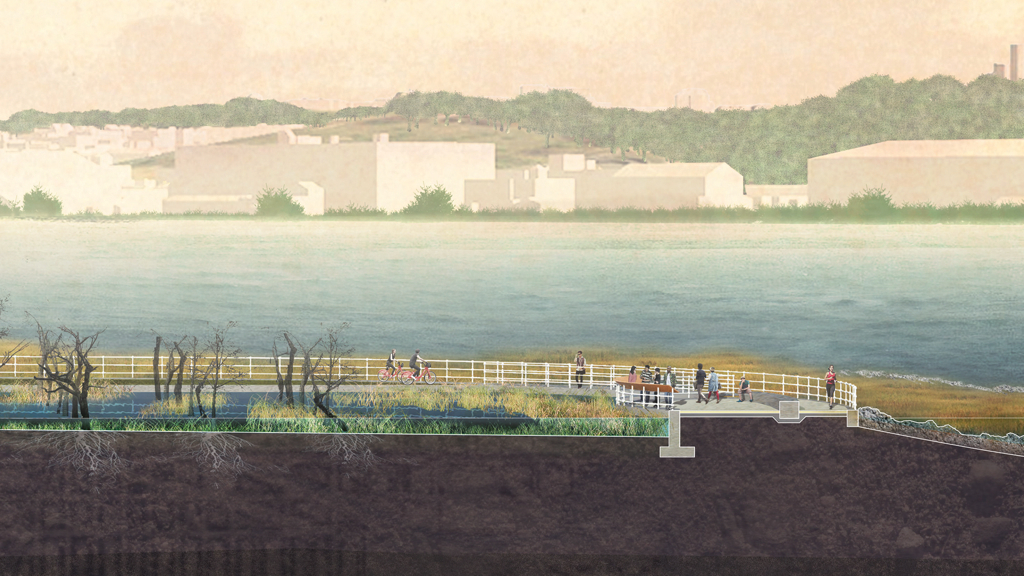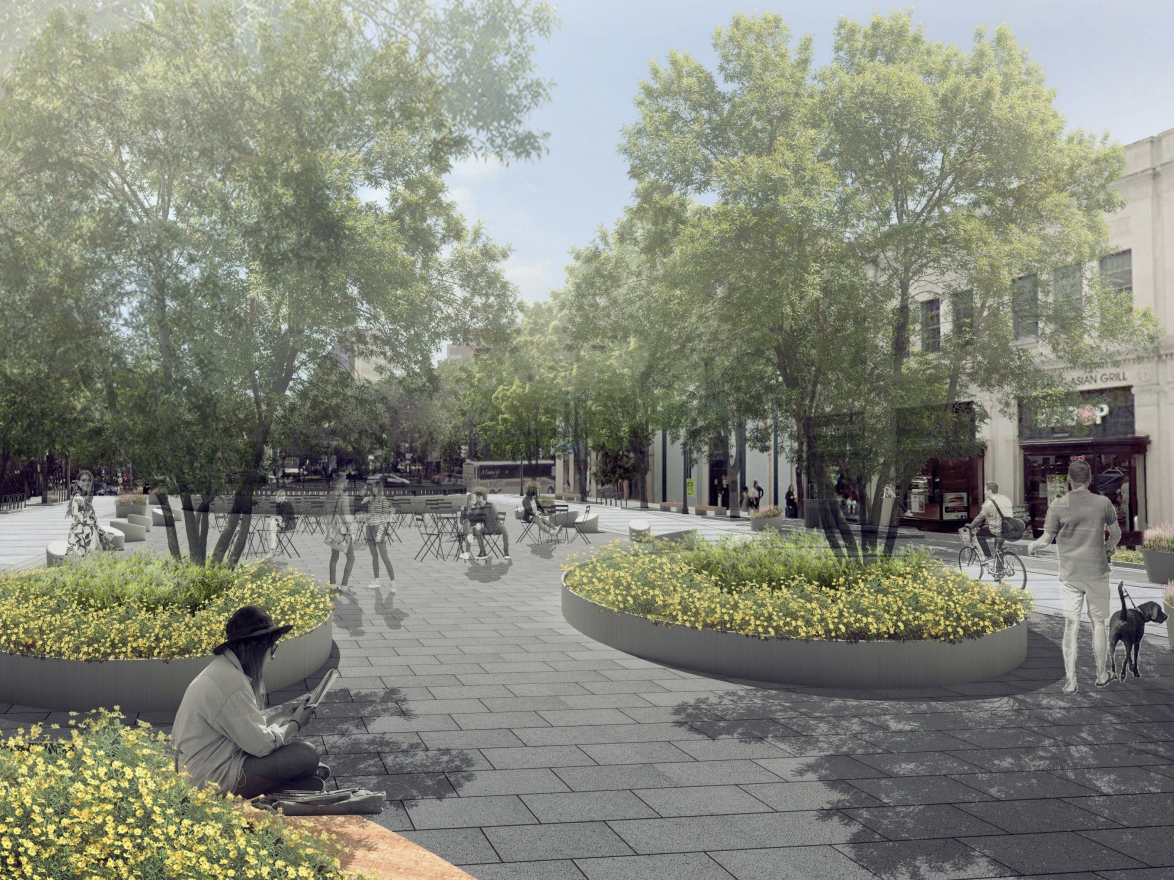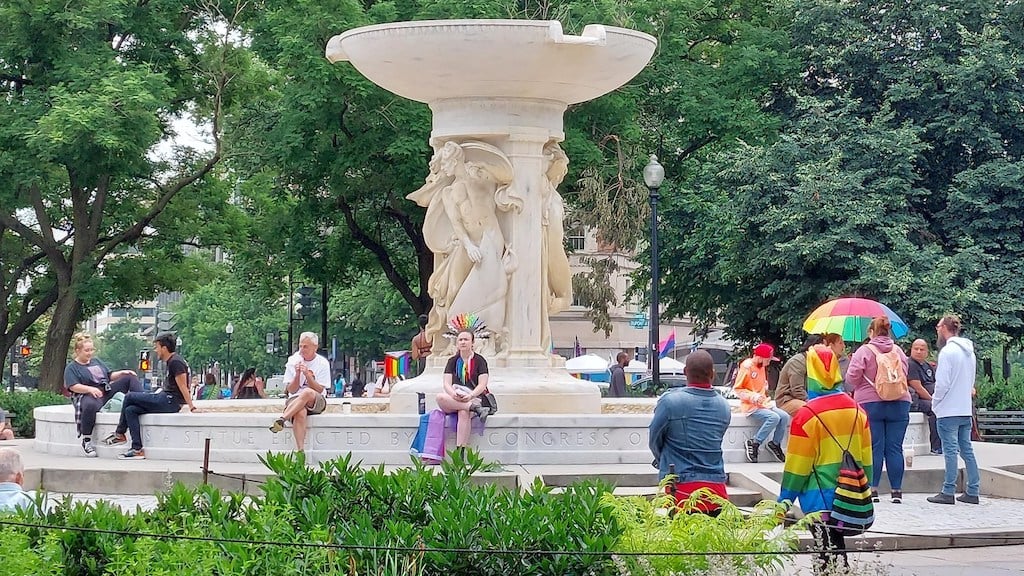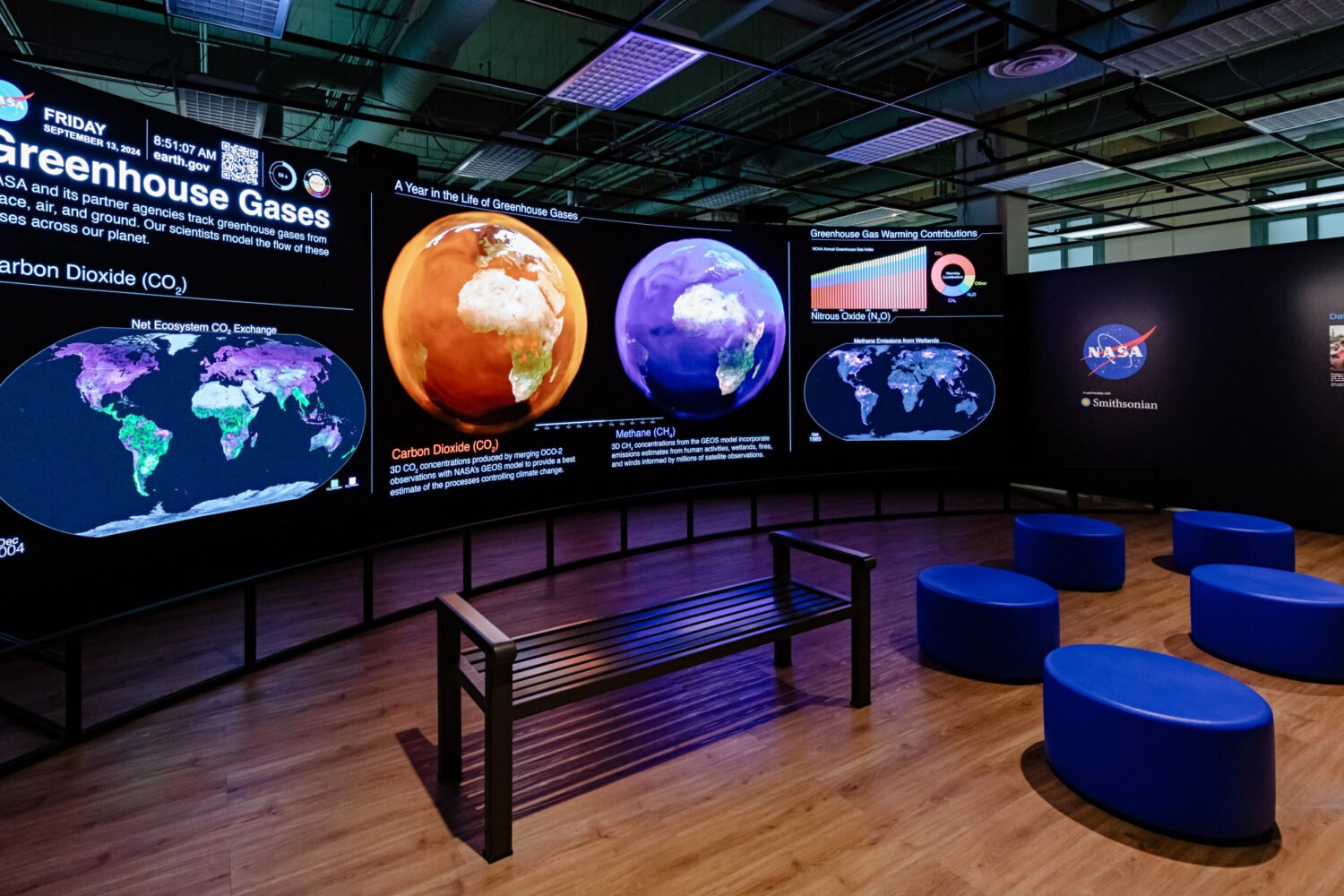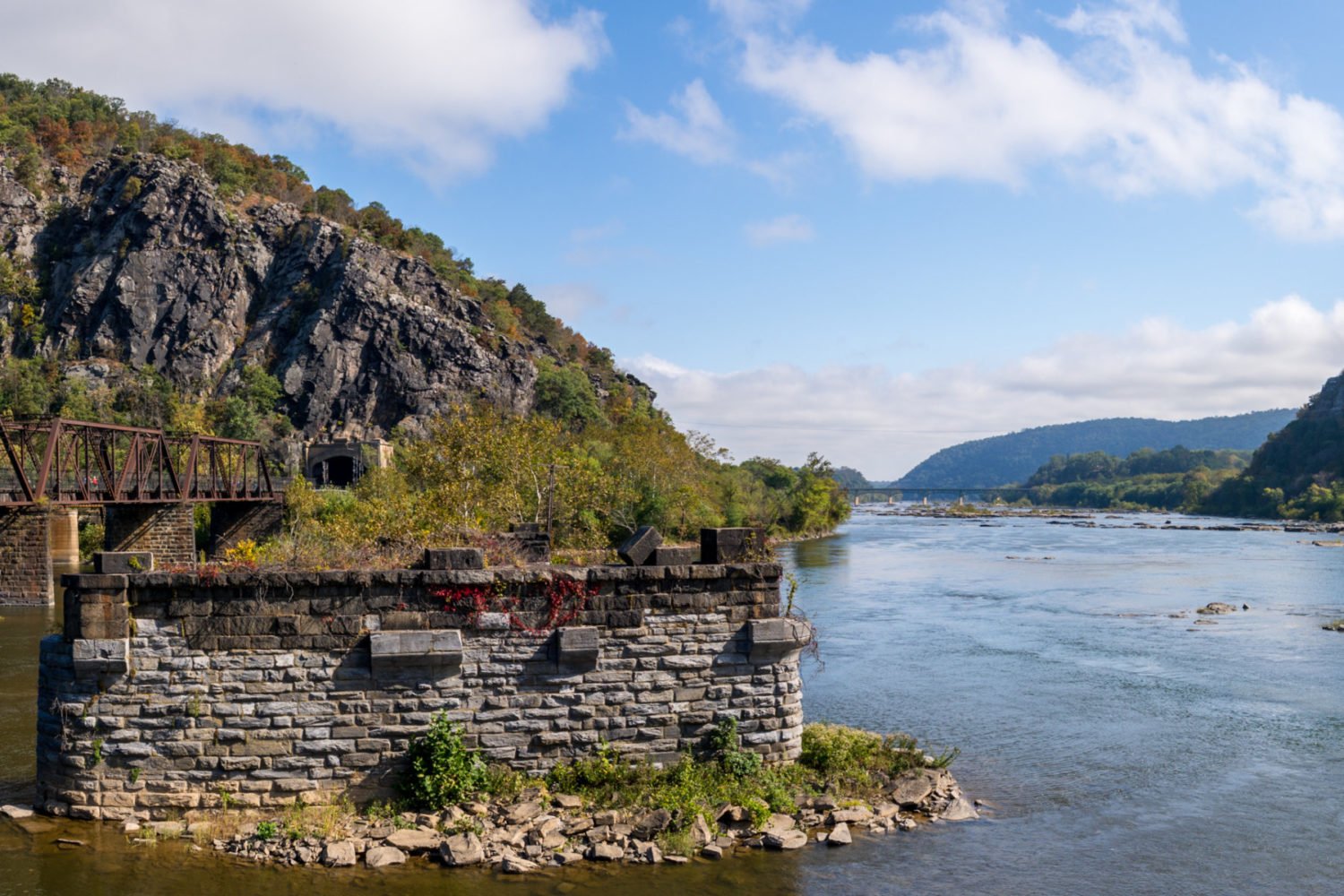A design that envisions filling Hains Point with cherry trees, then letting them be killed off as water levels rise as a way to document the effects of global climate change, has been selected as the winner of a competition for the kinds of memorials and monuments that could be built in Washington in the future.
The design, “Climate Chronograph,” beat out three other finalists to in “Memorials for the Future,” a year-long design contest staged by the National Park Service, National Capital Planning Commission and the Van Alen Institute. While none of the contest’s entries are likely to be built—submissions included things as varied as a memorial to Prince and mobile apps offering guided tours around DC—the goal of the competition was to get designers and planners to conceptualize memorials that diverge from the traditional granite slabs and marble columns that define most monuments in DC.
“Climate Chronograph” is the work of California-based landscape architects Erik Jensen and Rebecca Sunter. Jensen’s and Sunter’s design calls for planting rows of cherry trees near the tip of Hains Point as a “memorial of decay.” The trees would grow over the years while—unless climate change’s destructive impacts are mitigated—the levels of the Potomac and Anacostia rivers would eventually reach high enough to drown the trees, row by row.
East Potomac Park, which includes Hains Point, has flooded several times since it opened. A flood in 1985 left the park almost completely submerged. The site is especially vulnerable to rising water levels: a three-foot rise in global sea levels—a possibility by the early 22nd century—would leave the park entirely underwater, according to a simulation created by Climate Central, an organization of climate scientists.

The park is sinking, too. Jensen and Sunter write in their proposal that five miles of East Potomac Park’s seawall is in a state of disrepair, including spots where the wall has collapsed. The National Capital Planning Commission has raised similar concerns, but so far there is no design or funding for propping up the 330-acre park. The National Park Service completed a $13.5 million restoration of the Jefferson Memorial’s seawall in 2011.
Jensen and Sunter beat out three other finalists for the top prize in “Memorials for the Future.” The less-grim runners-up“The Im(migrant),” designed as a trail along the Anacostia River honoring immigrant experiences; “Voiceover,” which would develop a fleet of automated “storytellers” that would float over historic sites around Washington; and “American Wild,” which would project high-definition images of national parks on the ceilings of Metro stations.
Design concepts from “Climate Chronograph” and the other finalists are being installed in the Kennedy Center’s Hall of Nations Thursday and will be on display through October 20.

